Carlo Tasso
Text-to-Image Synthesis Based on Machine Generated Captions
Oct 09, 2019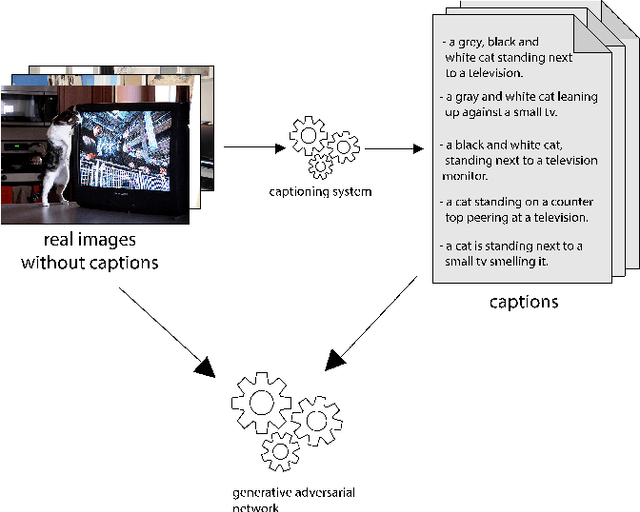
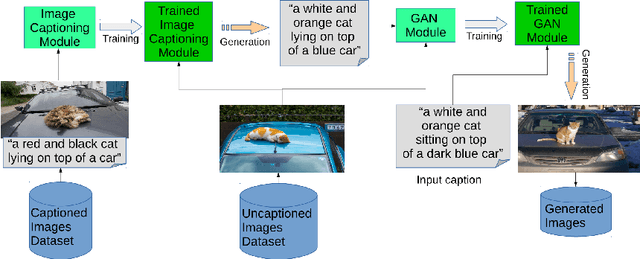


Abstract:Text to Image Synthesis refers to the process of automatic generation of a photo-realistic image starting from a given text and is revolutionizing many real-world applications. In order to perform such process it is necessary to exploit datasets containing captioned images, meaning that each image is associated with one (or more) captions describing it. Despite the abundance of uncaptioned images datasets, the number of captioned datasets is limited. To address this issue, in this paper we propose an approach capable of generating images starting from a given text using conditional GANs trained on uncaptioned images dataset. In particular, uncaptioned images are fed to an Image Captioning Module to generate the descriptions. Then, the GAN Module is trained on both the input image and the machine-generated caption. To evaluate the results, the performance of our solution is compared with the results obtained by the unconditional GAN. For the experiments, we chose to use the uncaptioned dataset LSUN bedroom. The results obtained in our study are preliminary but still promising.
Video-Based Convolutional Attention for Person Re-Identification
Sep 26, 2019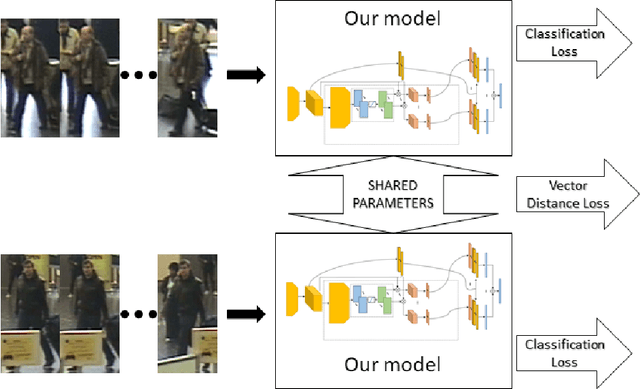

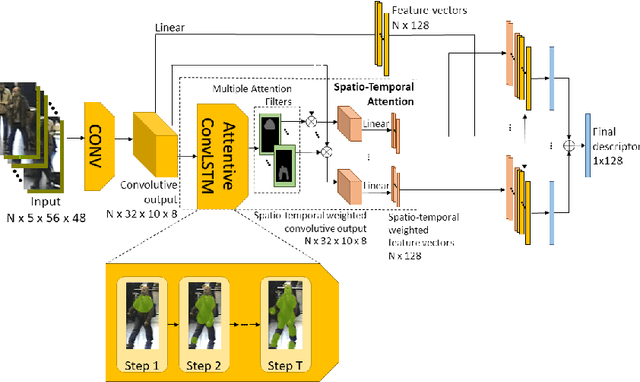

Abstract:In this paper we consider the problem of video-based person re-identification, which is the task of associating videos of the same person captured by different and non-overlapping cameras. We propose a Siamese framework in which video frames of the person to re-identify and of the candidate one are processed by two identical networks which produce a similarity score. We introduce an attention mechanisms to capture the relevant information both at frame level (spatial information) and at video level (temporal information given by the importance of a specific frame within the sequence). One of the novelties of our approach is given by a joint concurrent processing of both frame and video levels, providing in such a way a very simple architecture. Despite this fact, our approach achieves better performance than the state-of-the-art on the challenging iLIDS-VID dataset.
Predicting the Usefulness of Amazon Reviews Using Off-The-Shelf Argumentation Mining
Sep 21, 2018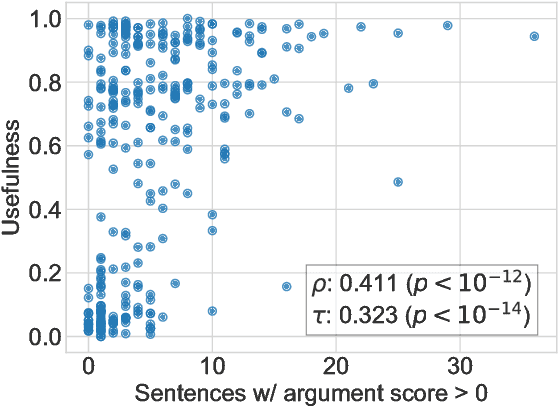
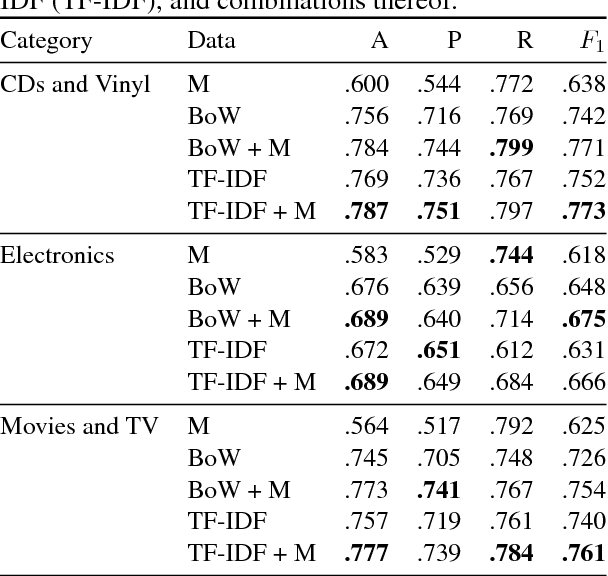
Abstract:Internet users generate content at unprecedented rates. Building intelligent systems capable of discriminating useful content within this ocean of information is thus becoming a urgent need. In this paper, we aim to predict the usefulness of Amazon reviews, and to do this we exploit features coming from an off-the-shelf argumentation mining system. We argue that the usefulness of a review, in fact, is strictly related to its argumentative content, whereas the use of an already trained system avoids the costly need of relabeling a novel dataset. Results obtained on a large publicly available corpus support this hypothesis.
 Add to Chrome
Add to Chrome Add to Firefox
Add to Firefox Add to Edge
Add to Edge